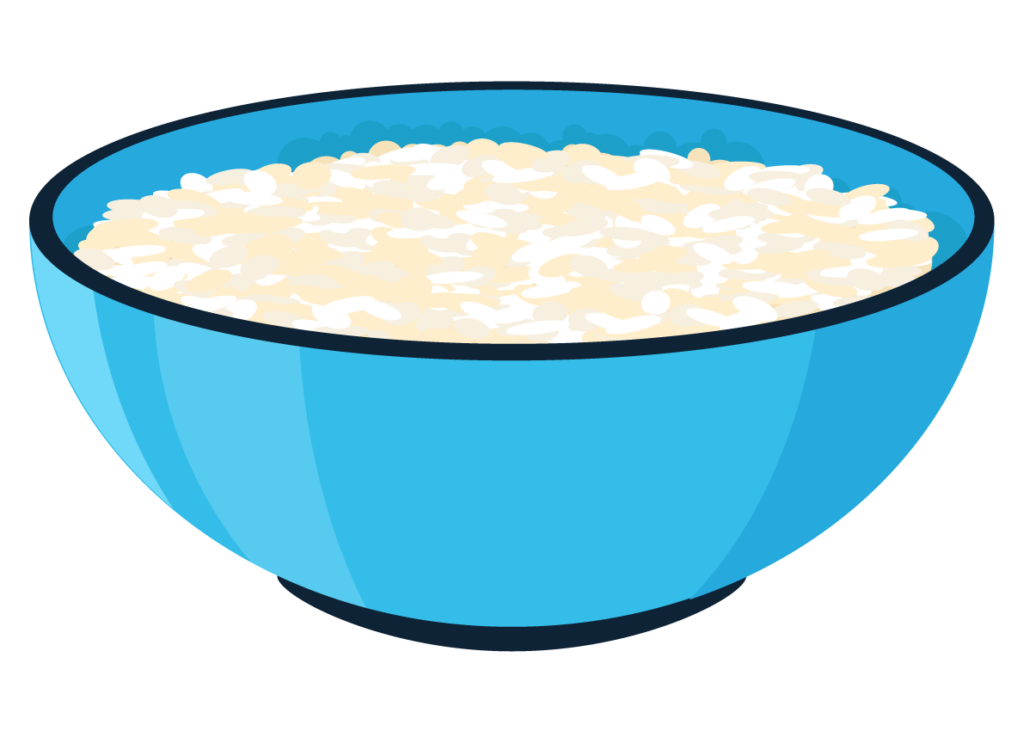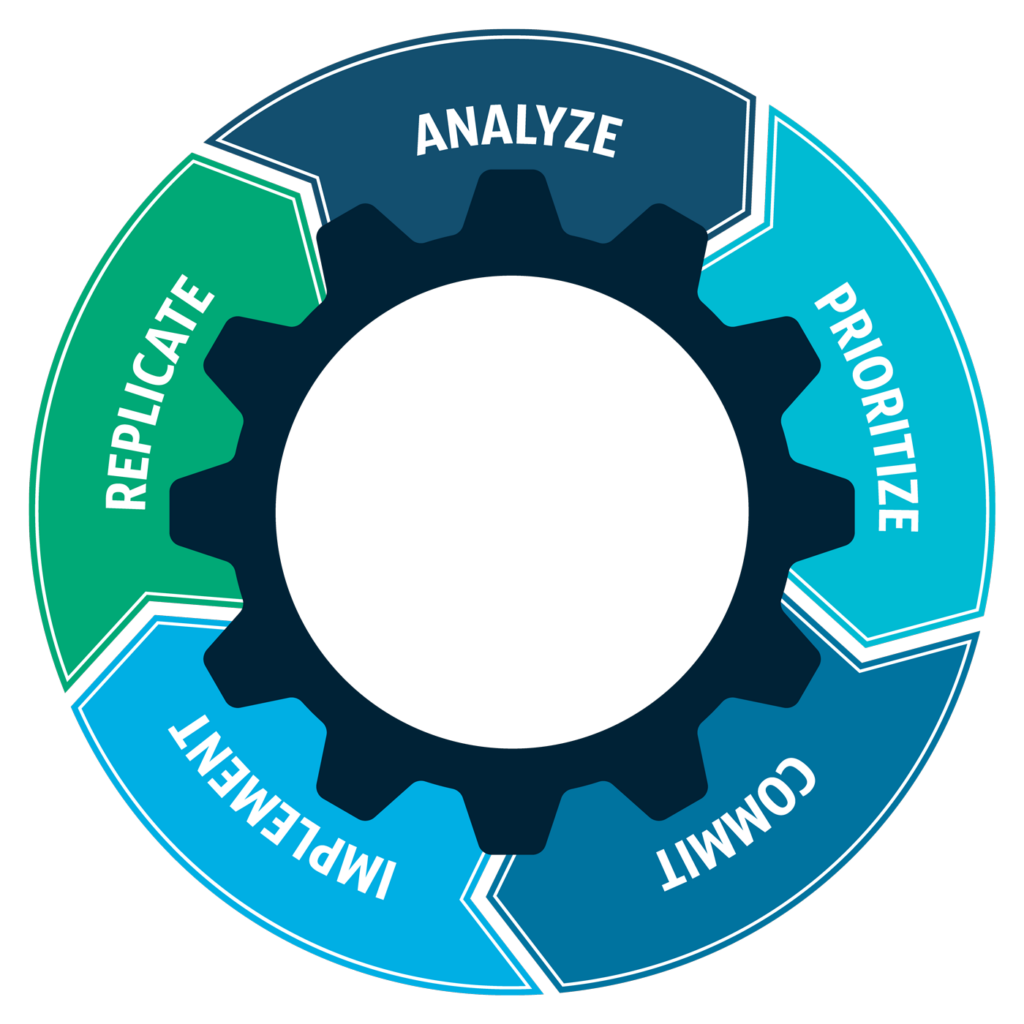
One of my favorite lessons in business success during economic hardhip comes from a cereal I used to eat as a kid – with a mix of about 80% cereal, 10% milk, and 10% sugar.
Before getting to their story, consider for a moment how you feel your agency is performing in the current economy. In what ways have you adjusted your strategy that have been successful? Which obstacles are you struggling to turn into opportunities? How has your team been able to adjust and grow amidst the pressures?
The Great Depression
We all have spoken of the Great Resignation following 2020’s pandemic and how that forced many businesses – not just in home care – to become creative in recovering from the loss of employees. This story, however, starts in the early 1900s as the United States and other countries struggles thorugh the Great Depression.
This was a time when the GDP fell by 30% between 1929 and 1933, unemployment rose to 25%, industrial production reduced by nearly 47%, and roughly 20% of the banks in the U.S. failed. Even with prices dropping by 25%, consumers still struggled to afford the basics to support their families. Any of us with grandparents who remember those days can see the evidence of the scarecity they experienced as their cupboards are filled with butter tubs instead of tupperware and foil that’s been reused countless times cans been carefully flattened out in a stack in a drawer.
We’ve seen a couple of recessions since and a pandemic that shortened supply availability, but nothing has hit the global economy as hard as the depression in the last 100 years. Most businesses pumped the breaks on innovation, instead deciding to hold to what they could as they hoped to survive the depression. Some, however, evolved and took risks that paid off in the end. One that stands out to me is Kellogg’s and a simple cereal called Rice Krispies.
As I’ve researched their success over their competition – leading to almost 30% growth in profits (not just revenue), I attribute the following 4 areas of focus during the great depression to them thriving during the worst economy in a century.
- Investing in Innovation
- Investing in People
- Investing in Products
- Investing in Advertising
investing in Innovation
When most people refer to innovation, they often think of new products. Often, though, innovation can be quite successful when applied to improving effeciencies through improvements to technology, equipment, and processes. One of the shifts Kellogg’s made that brought significant results was a change in scheduling their workforce in the plant. With the goals of increasing work efficiency, providing employees with more quality family time, and reducing unemployment in Battlecreek, MI, Kellogg’s went from having employees work 8-hour shifts for three days per week to 6-hour shifts for four days.
The 6-hour shifts resulted in fewer accidents in the plant, increased outputs in products, and greater employee satisfaction. The growth experienced during the depression allowed for hiring more employees from the community and employees that were able to enjoy life outside of work throughout the week instead of just on weekends.
Another innovation was to begin including vitamins into various cereals. Efficiencies in production allowed for them to produce healthier cereals, makign them an affordable options for families struggling to afford other foods to get important nutrients.
Investing in people
The shift in hours worked each week was an incredible investment in their employees, but it wasn’t the only way Kellogg’s invested in people during the Great Depression. Each innovation they worked through during those tough years resulted in improving the lives of their employees and consumers.
They actively presented themselves as a solution for employment in their community and affordable food for consumers everywhere. As the great depression started, they already had Rice Krispies at the point they could launch. While Post cereal also had a product ready to launch, but decided to not risk adding it to their product line until the economy improved, Kellogg’s realized how their simple solution was going to benefit families through the rough economy.
This desire to serve their current loyal customers and reach to families not yet purchasing their products was at the forefront of their marketing and messaging. They didn’t just launch a product hoping to increase sales and profits. They launched Rice Krispies knowing it would be something to both keep their employees working and give American families a basic, affordable breakfast solution.
INvesting in Products
Prior to the Great Depression, Rice Krispies was nothing more than a concept product. Kellogg’s decided to expand – rather than restrict – their product line and introduced the new cereal to the market. It became a popular cereal among children because they enjoyed the crackling noise it made when in a bowl with milk.
Investment in products didn’t stop there. The success gained through Rice Krispies sales aslo put Kellogg’s in the position to produce vitamin-fortified cerals.
NOTE: As the nation entered World War II, Kellogg’s was able to shift production in their plants to also include producing millions of packages of combat rations provided to U.S. soldiers.
The successes from investing in products during the Great Depression only encouraged product development and launches that have continued since.
Investing in Advertising
With no intention of falling behind as a company set out to provide affordable food for families and employment in their community, Kellogg’s doubled their marketing budget. For the first time in their history as a company they added (now, don’t laugh) radio ads to their branding efforts. Post, their greatest competition, however, cut advertising costs.
Kellogg’s operated under the mindset that even in difficult times, people would be receptive to new ideas – and they were correct.
A few years into the great deperession, they added to their marketing efforts for Rise Krispies by innovating on the idea of how kids enjoyed the sound of the cereal when milk was added. In 1929, the words “Snap! Crackle! Pop!” were added to print ads, then placed on boxes in 1932. By the end of the Great Depression (1933), the elvish icons named after the sounds were introduced in radio ads, print ads, and posters.
They were able to create incredible demand on the simplest of cereals by taking feedback from consumers – namely what kids enjoyed – and creating a successful marketing campaign. Even with the decision to double the budget, they continued investing in their people and innovating to ensure consumers understood their products were an affordable solution.
And the Next step is... Applying to home Care
There are incredible lessons from all industries that can be transferred and applied into the home care space. Here’s how you can take what led to Kellogg’s successes and apply them to your agency. And, I hope this is just a list to get your own innovative gears turning.
Investing in Innovation
This requires ongoing review of how your agency operates. As you consider options to improve your agency, you must first analyze the situation, priortize which areas to improve, commit to a solution, implement the decided changes, and replicate processes that prove successful. You’ll repeat this cycle at every stage you wish to iterate toward greater success.
Many areas you’ll likely innovate could include:
- Obtaining or changing to another scheduling software
- Setting up a CRM for improved lead, client, and caregiver communications
- Automating billing
- Improved training systems
- Improving marketing messaging
- Client and caregiver onboarding processes
- and more…

Investing in People
The impressions individuals have about your home care agency dictate the strength of your brand and your potential for success. Creating a mechanism for capturing feedback from clients and caregivers or hiring a third party to capture, and then prioritizing steps to improve outcomes is critical. Acting on those areas needing improvement and continuing with what shows measured success is evidence to those you work with that you are invested in their quality of life.
Engage in opportunities to serve within your community. Your marketers and others you feel should be involved in participating in events or causes to support your right-fit clients and their families demonstrate your caring equates to action – not just clever statements/platitudes.
Invest in you! Don’t forget to invest in yourself. Owners often make the mistake of putting their compassion for others ahead of their own needs. Yet, you need to find and make time to recharge yourself and gain knowledge from mentors and industry experts who can guide you through various stages of growth. Watch for upcoming free masterclasses we host and events/webinars/masterclasses from other resource partners in home care.
Investing in Products
I sat in a meeting once where a home care owner said they have three products: “Home Care, Home Care, and Home Care.” It got the laugh it was intended to get, but for many home care agencies this isn’t far from the truth of how they present themselves to the public.
Within home care, there are several specialties of care you can invest in developing and offering. Think of ‘products’ in terms of specialized services. One of my least favorite terms to hear is “non-skilled” when referring to what home care agencies provide. Emphasizing areas of expertise such as Alzheimer’s/Dementia, post-surgical care, Parkinson’s Disease, palliative care, etc. separates your ability and skills from others that minimize their offering by saying “non-skilled.”
Look to the areas of care your team are already strongly skilled in and become the authorities of care in your area for those services. Then, with the growth and success you achieve, go deeper in those areas by creating additional services to cater to those needs and begin expanding your team’s skillsets by hiring individuals with other areas of expertise in care.
Investing in Advertising
One of the most overlooked areas of opportunity for promoting home care is capturing client and caregiver feedback to inject into their marketing messaging. Anyone who’s read the Home Care Benchmarking Study knows word-of-mouth is the dominant source for profitable leads. Client feedback – especially when shared through online testimonials and reviews – can become a digital form of word-of-mouth with nearly the same effect as face-to-face interactions. 86% of people who see online reviews trust it as though they heard it from someone they know.
I love that nearly 100 years ago Kellogg’s added radio (as some incredible breakthrough) to their marketing. For your home care agency, what would be today’s equivalent of adding radio to your marketing efforts? As you look for opportunities to increase your advertising/marketing efforts, consider these two things above all:
- Audience reach – not solely that the medium has audience, but rather that they medium has a significant number of your right-fit audience. This evolves, so don’t assume what’s worked in the past will always work moving forward. If what appealls to your parents doesn’t work for you, then perhaps using platforms that were highly successful 15-50 years ago may not be as successful for the seniors and their adult children today.
- Conversions – Is the content you’re running on these platforms resulting in qualified conversions? Would you rather have 100 leads that convert 5 clients or caregivers or 45 leads that result in 7 conversion?












